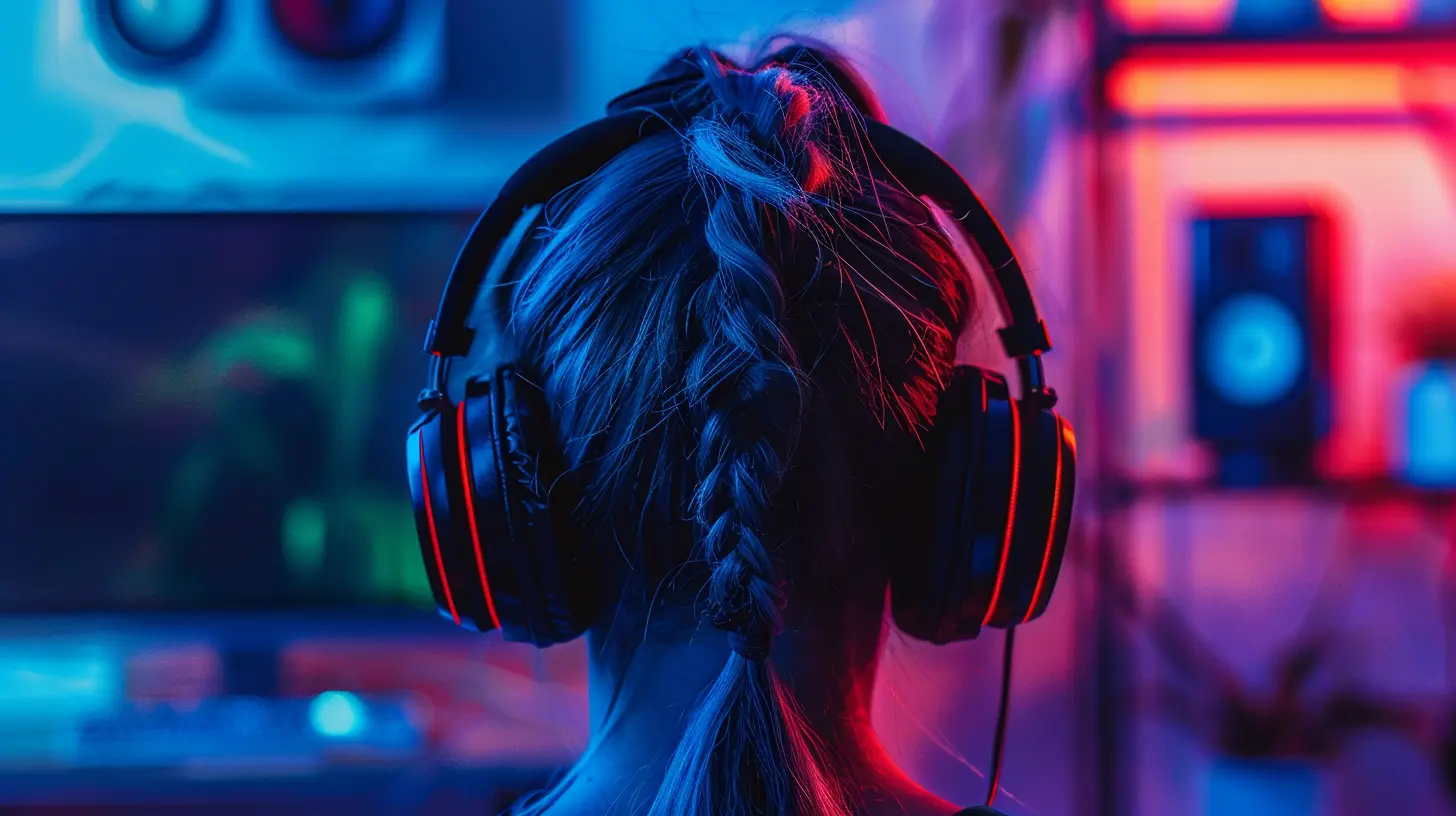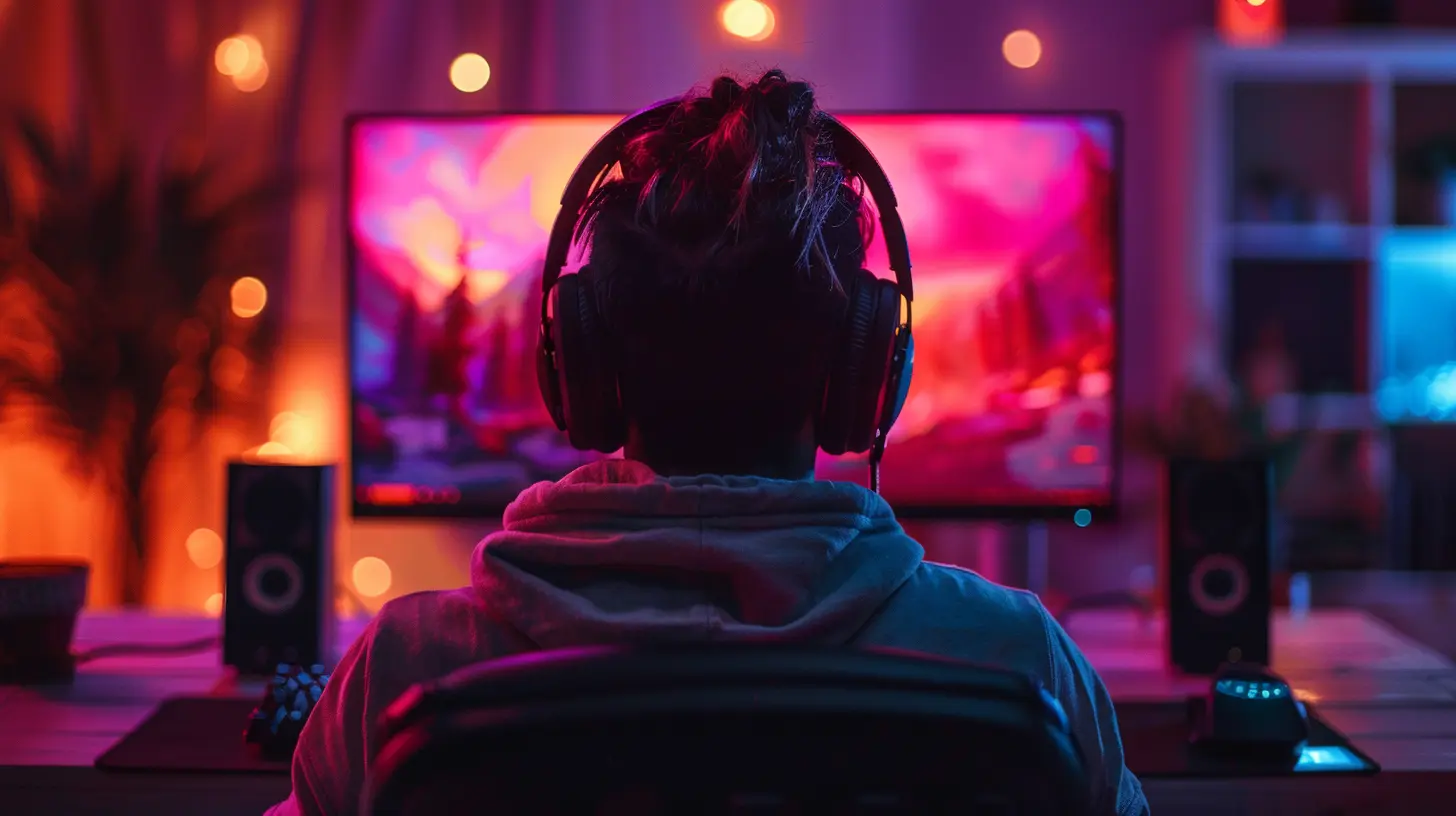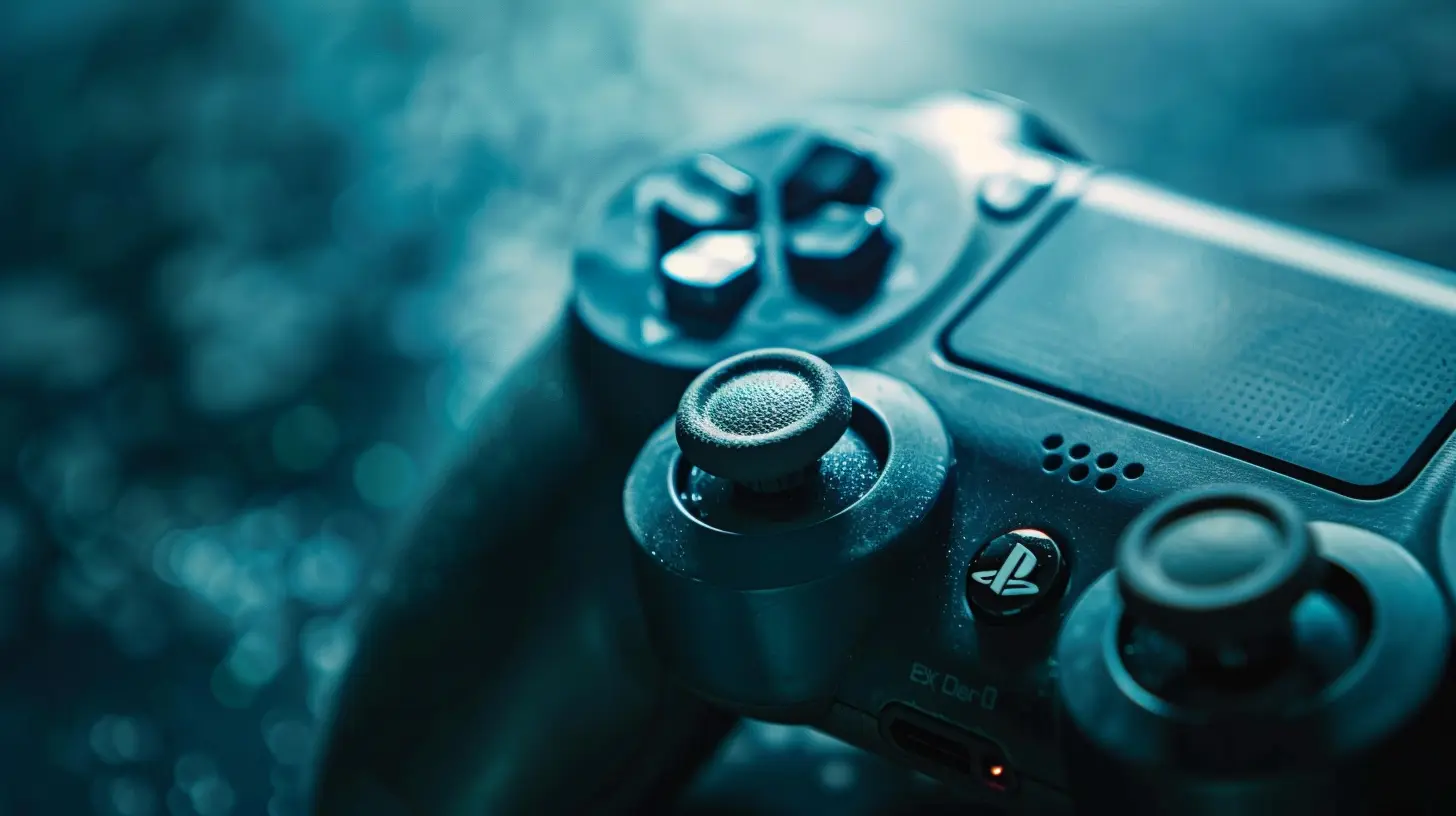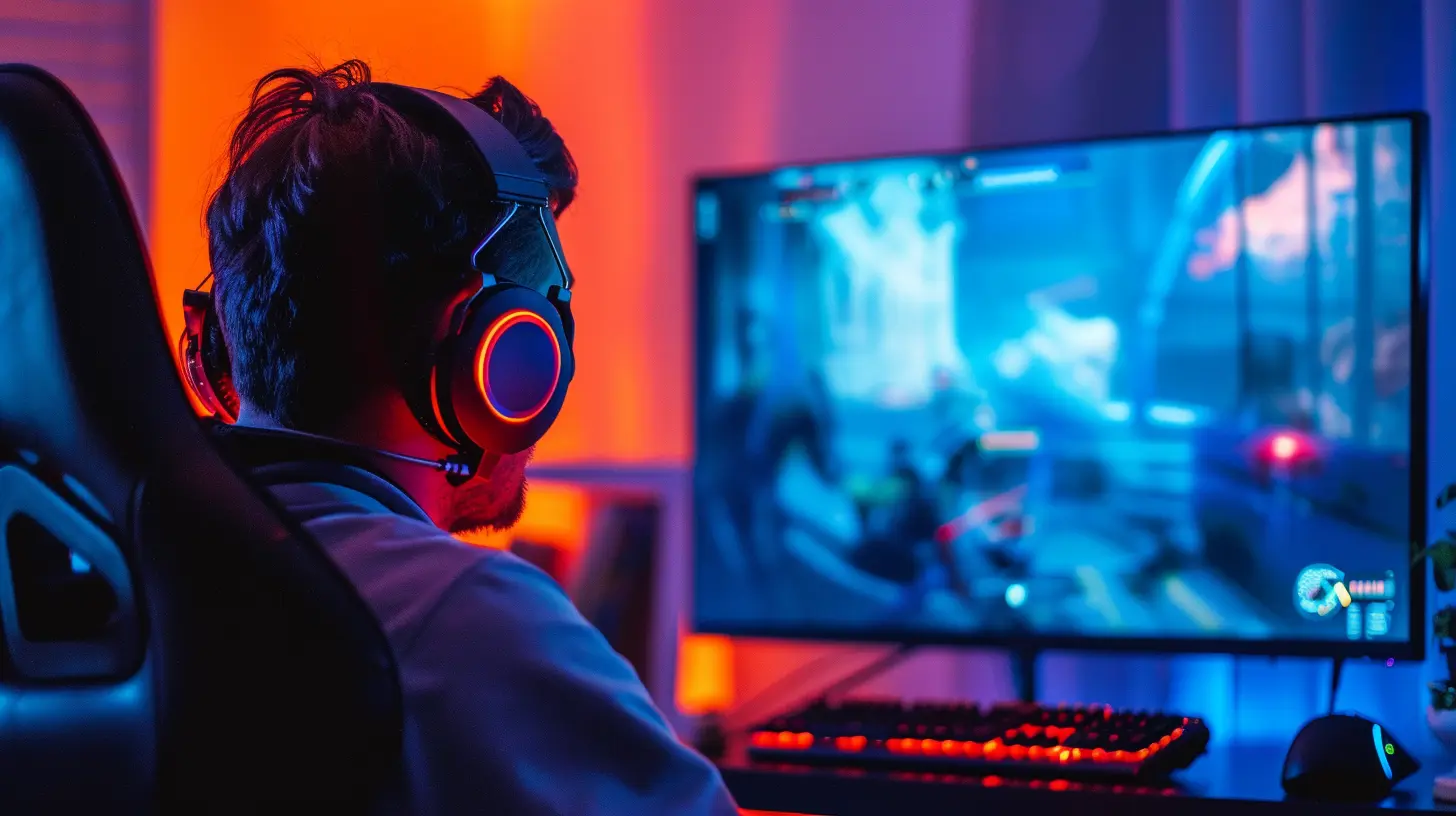How Top Games Use Sound Design to Enhance Gameplay
31 October 2025
When we talk about video games, the first things that come to mind are usually jaw-dropping graphics, immersive storylines, and mind-bending mechanics. But let’s be real—what’s a game without killer sound? Imagine playing your favorite shooter game in complete silence. Sounds boring, right? That’s because sound design isn't just background noise; it plays a huge role in how we experience games.
From the rustle of trees in open-world adventures to the blood-pumping beats in final boss fights, sound design is a secret sauce that makes gaming unforgettable. So, let’s dive into the world of sound in gaming and unpack how top games use it to take gameplay from good to legendary.

Why Sound Design in Games Matters More Than You Think
Think of sound design as your game's sixth sense. It’s that whisper in your ear telling you there’s danger around the corner or that burst of music when you finally win that epic battle. Great sound can guide you, warn you, and make your heart race—all without showing you a thing.In fact, some games are designed around sound entirely. Remember “Hellblade: Senua’s Sacrifice”? That game uses binaural audio to simulate psychosis, making players hear voices from different directions. It’s haunting, it’s immersive, and it’s proof that sound can be just as powerful as visuals.

The Role of Sound in Setting the Mood
Imagine walking through a creepy, abandoned mansion in a horror game. Suddenly, the floor creaks behind you. Your heart skips a beat, and you instantly turn around. There's nothing there. Or is there? That’s sound design doing its spooky magic.Games like Resident Evil, Silent Hill, and Dead Space nail this. They use unsettling noises, eerie silence, and sudden shrieks to set a chilling atmosphere. Without those audio cues, even the scariest visuals wouldn’t hit the same.
Music That Moves You (Literally!)
Let’s talk about music. You ever get goosebumps when a familiar soundtrack kicks in? That’s not just nostalgia—it’s your emotions reacting to great sound design. In games like The Legend of Zelda: Breath of the Wild, Final Fantasy VII, and The Witcher 3, music isn’t just background filler. It’s a living, breathing character of its own.Try sneaking through a guarded fortress in Metal Gear Solid. The music starts soft, then ramps up as you're spotted, adding tension and urgency. You’re not just playing the game; you’re feeling it.

Directional Audio: Your In-Game GPS
Ever been in a heated multiplayer match where someone sneaks up behind you? The rustle of footsteps to your left, the distant gunshot on your right—all that is directional audio at work. It’s how your ears help your brain make split-second decisions.Games like Call of Duty, Fortnite, and Counter-Strike: Global Offensive depend heavily on this. Players who use headsets often have the upper hand because they can "hear" opponents before they see them. That’s next-level sound design you can’t ignore.

Environmental Sounds That Make Worlds Feel Alive
Open-world games are like big playgrounds—but what makes them feel real? It’s not just the visuals; it’s the soundscape. From chirping birds in forests to buzzing neon signs in sci-fi cities, environmental sounds make the world breathe.Take Red Dead Redemption 2, for example. The game nails environmental audio, from the rustling of leaves to the distant howl of a coyote. It feels like you’re really cowboyin' it up out there on the frontier.
Or The Last of Us Part II, where the soft patter of rain and creaking wood help you feel the post-apocalyptic silence. These subtle sounds make a huge impact.
Adaptive Audio: Sound That Changes With You
What if your game’s soundtrack could read your mind? Okay, not really—but adaptive audio kind of pulls that trick. It changes based on what you’re doing in the game.Let’s say you’re exploring a peaceful village in Skyrim. The music is calm and mellow. Suddenly, a dragon roars in the sky! Instantly, the soundtrack shifts into high gear. Your adrenaline spikes. And just like that, you’re in battle mode.
This dynamic switch keeps players emotionally synced with the game. It’s like your favorite playlist, but it knows exactly when to turn the energy up or down.
Character and Object Sound Effects: Personality in Every Ping
Some sounds are so iconic, you recognize them instantly. Think about Mario’s coin sound, the “Fatality!” in Mortal Kombat, or the low-health beeping in Zelda. These sounds aren’t just effects. They’re part of the game’s identity.Top-tier developers carefully craft these noises to be memorable and functional. They help players understand what’s happening, even with their eyes closed. Whether it’s the clang of a weapon or the ding of leveling up, every sound tells a story.
Voice Acting: Bringing Characters to Life
Real talk—good voice acting can make or break a character. Ever played a game with cringey, robotic dialogue? Yeah, not fun. But when voice acting is on point, it pulls you in.Look at games like God of War, Mass Effect, or The Last of Us. The voice actors don’t just read lines—they pour emotion, fear, rage, and joy into every word. It’s no wonder players get so attached to these characters.
Even indie titles like Hades have raised the bar, offering incredible performances that enhance storytelling and immersion.
Horror Games: Masterclass in Sound Design
Let’s take a minute to appreciate horror games. If there’s a genre that perfectly shows how sound affects gameplay, it’s this one.Games like Outlast, Amnesia, and P.T. lean heavily on audio to build dread. You hear things you can’t see—the scratch of something behind a wall, the whisper of something evil in the dark. Every sound makes you question if you want to keep going (but you always do, because you’re brave, right?).
Sound doesn’t just add to the fear; it is the fear.
Multiplayer Madness: Communicating Without Talking
When you're knee-deep in a chaotic online match, there’s no time to read text prompts. That’s why sound is crucial. Reloading? Your character makes a distinct clicking sound. Taking damage? There’s a specific grunt. Throwing a grenade? Let the beep do the talking.Games like Overwatch, Apex Legends, and Valorant have honed this to a science. Each character has different sound effects, so trained players can identify actions based on audio cues alone. It’s like understanding a secret language only gamers know.
The Rise of 3D Audio: Next-Level Immersion
We can’t talk sound design without mentioning 3D audio. This tech creates spatial sound that places noises all around you—in front, behind, even above or below. It’s basically surround sound on steroids.Sony’s PlayStation 5 takes full advantage of this with its Tempest 3D AudioTech. Games like Returnal and Ratchet & Clank: Rift Apart use it to make everything from alien growls to dimension-shifting portals feel hyper-real.
The cool part? It doesn’t just sound awesome. It affects how you play. You’ll instinctively move toward or away from certain sounds, adding a tactical edge.
Sound Design in Indie Games: Small Budgets, Big Impact
You don’t need a AAA budget to make brilliant sound design. Indie games like Celeste, Hollow Knight, and Limbo prove this. With minimalist yet powerful audio, they create unforgettable experiences.Ever notice how Celeste’s soundtrack changes based on your progress and emotional state? Or how Hollow Knight’s eerie echoes enhance its mysterious world? These games show that passion and creativity trump big bucks.
Accessibility Through Sound
Here’s something super important—sound design also plays a massive role in making games more accessible. Audio cues help gamers with visual impairments navigate and enjoy games just like anyone else.Games like The Last of Us Part II and Forza Horizon 5 include extensive audio accessibility options, allowing more players to immerse themselves fully. This isn’t just good design—it’s great gaming for everyone.
Wrap-Up: Sound Is the Unsung Hero of Gaming
So there you have it. Sound design isn’t just some background noise—it’s the lifeblood of immersive gameplay. It guides you, excites you, terrifies you, and makes every win even more satisfying. Whether it's the swell of a symphony or the crunch of gravel underfoot, top games use sound to pull you into their worlds and keep you there.Next time you fire up your favorite game, do yourself a favor—plug in those headphones. Close your eyes for a second. Listen. You might just hear the game whispering its secrets.
all images in this post were generated using AI tools
Category:
Best Video GamesAuthor:

Luke Baker
Discussion
rate this article
1 comments
Sarina Ortiz
Great article! Sound design is truly the unsung hero of gaming, elevating our experiences in incredible ways. It not only immerses us deeper into the game world but also enhances our emotional connection and gameplay strategies. Let's celebrate the magic of sound in our favorite games! Keep gaming loud!
November 6, 2025 at 4:46 AM

Luke Baker
Thank you! I completely agree—sound design is essential for immersion and emotional engagement in gaming. Cheers to the magic of sound!


